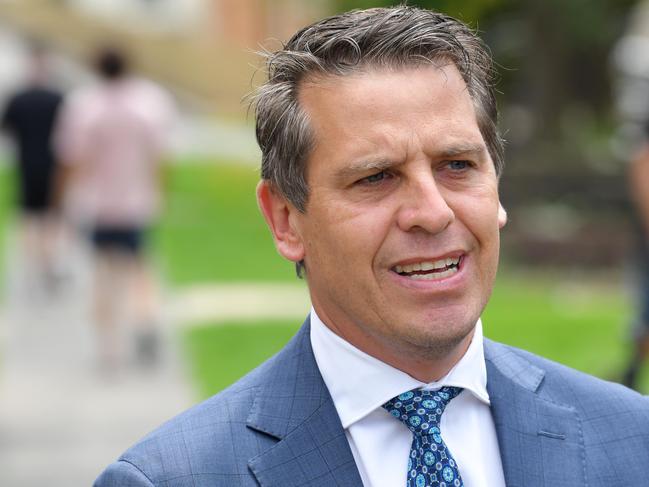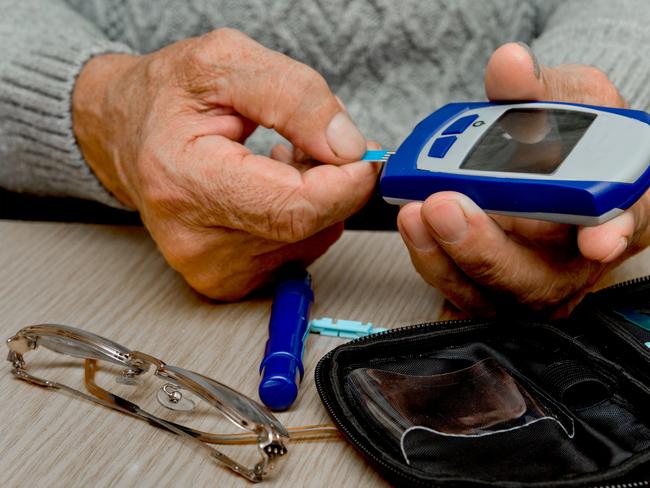NSW rural communities face crisis in healthcare system, report finds
A detailed examination of data shows regional residents face far worse health outcomes for major chronic diseases. See the stats here.
NSW
Don't miss out on the headlines from NSW. Followed categories will be added to My News.
More than 25 per cent of the NSW population lives in rural or remote areas – but they face far worse health outcomes across the board than their city cousins.
Not only do they have to put up with far fewer services like speech pathologists or psychologists, and longer waits for surgery like knee replacements but they also face worse outcomes for diseases like diabetes.
The latest government figures show elective surgery was performed on time 89 per cent of the time in NSW, but while most Sydney hospitals performed better than that, most rural hospitals fell below that figure.
At Grafton, 50 per cent of knee surgeries are done on time, but at Royal Prince Alfred in Sydney the figure is 100 per cent.

“Residents living in the bush often tell stories of waiting over a year before they get surgery scheduled,” Labor’s health spokesman Ryan Park said.
“That means they are left languishing on an ever growing waiting list, often in significant pain and distress, all which means in some cases time off work adding to their difficulty of their situation.”
While the State has a rate of 67 per cent of hospital emergency department attendances starting on time, the figure at the state’s most remote hospital, Broken Hill, was 57 per cent.

“Whether its delays in getting essential surgery, time spent in Emergency Department waiting rooms or been left stranded waiting for an ambulance to arrive, people living in regional and rural NSW do not get access to a level of healthcare that those of us living in the metropolitan cities simply take for granted,” Mr Park said.
“The shortages of GPs means delays at the hospital just get worse and that is an issue that has been heard across every town, village and suburbs across NSW.”
A glance at the latest Australian Atlas of HealthCare Variation reveals the stark city/country divide – where the luck of your postcode determines your health outcome for one of five major chronic diseases.
Country areas took out the top four of five categories of worst outcomes.

The landmark report measures the rate of potentially preventable hospitalisations for complications for diabetes, heart failure, lung problems, kidney infections and skin infections and found Bourke-Cobar-Coonamble topped the state for three – diabetes complications and lung problems and skin infections.
The map shows if you live at Pennant Hills in Sydney you have a rate of hospital complications after heart failure of 98 per 100,000. At Wagga the rate is 305 and in the Upper Hunter it’s 258.
Similarly, for diabetes, a Bourke resident has a 404 rate per 100,000 of problems stemming from their diabetes – which doctors say can be managed in the community effectively. That compares with someone from Canada Bay in Sydney’s inner west who has a rate of just 100.





